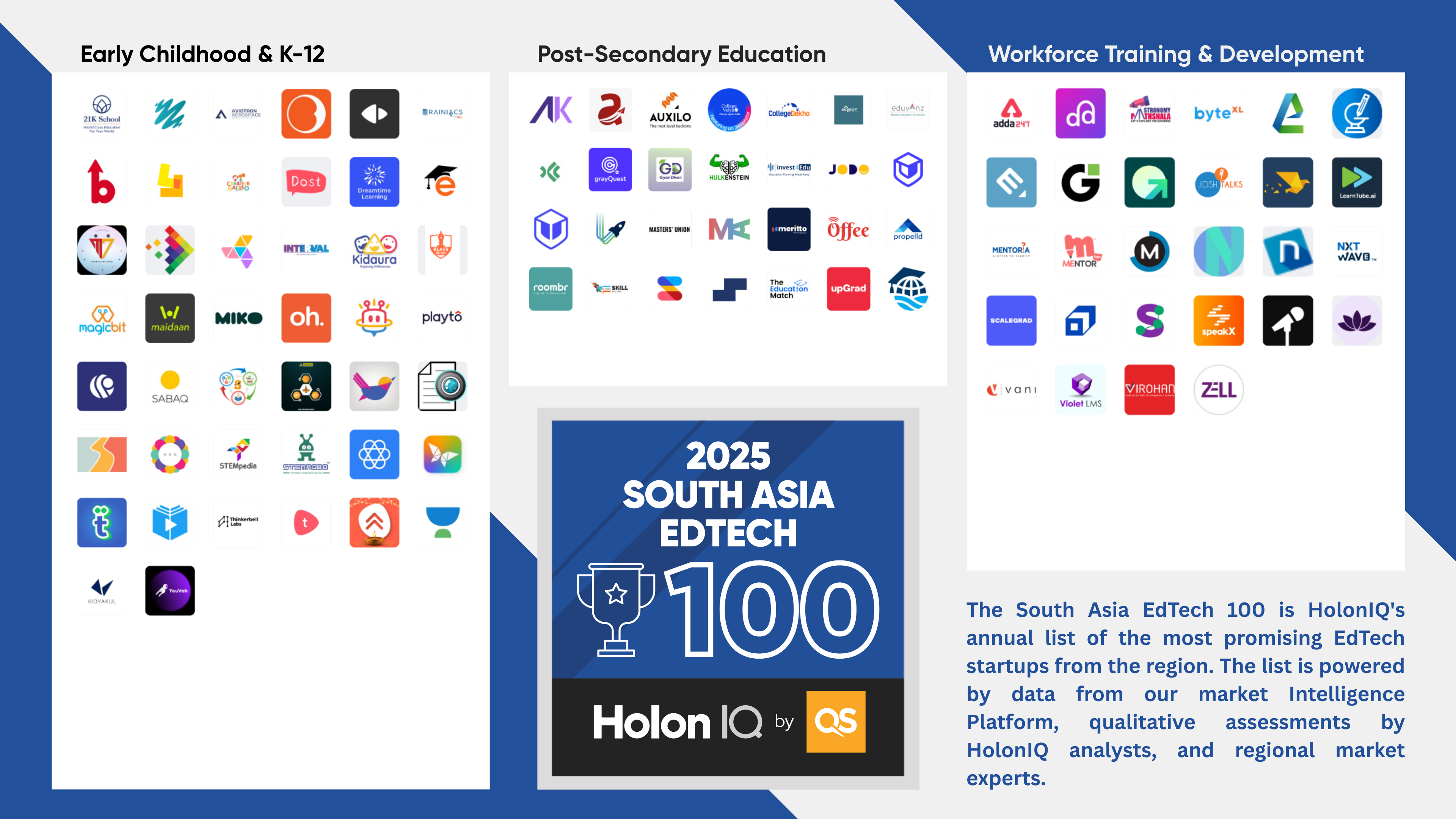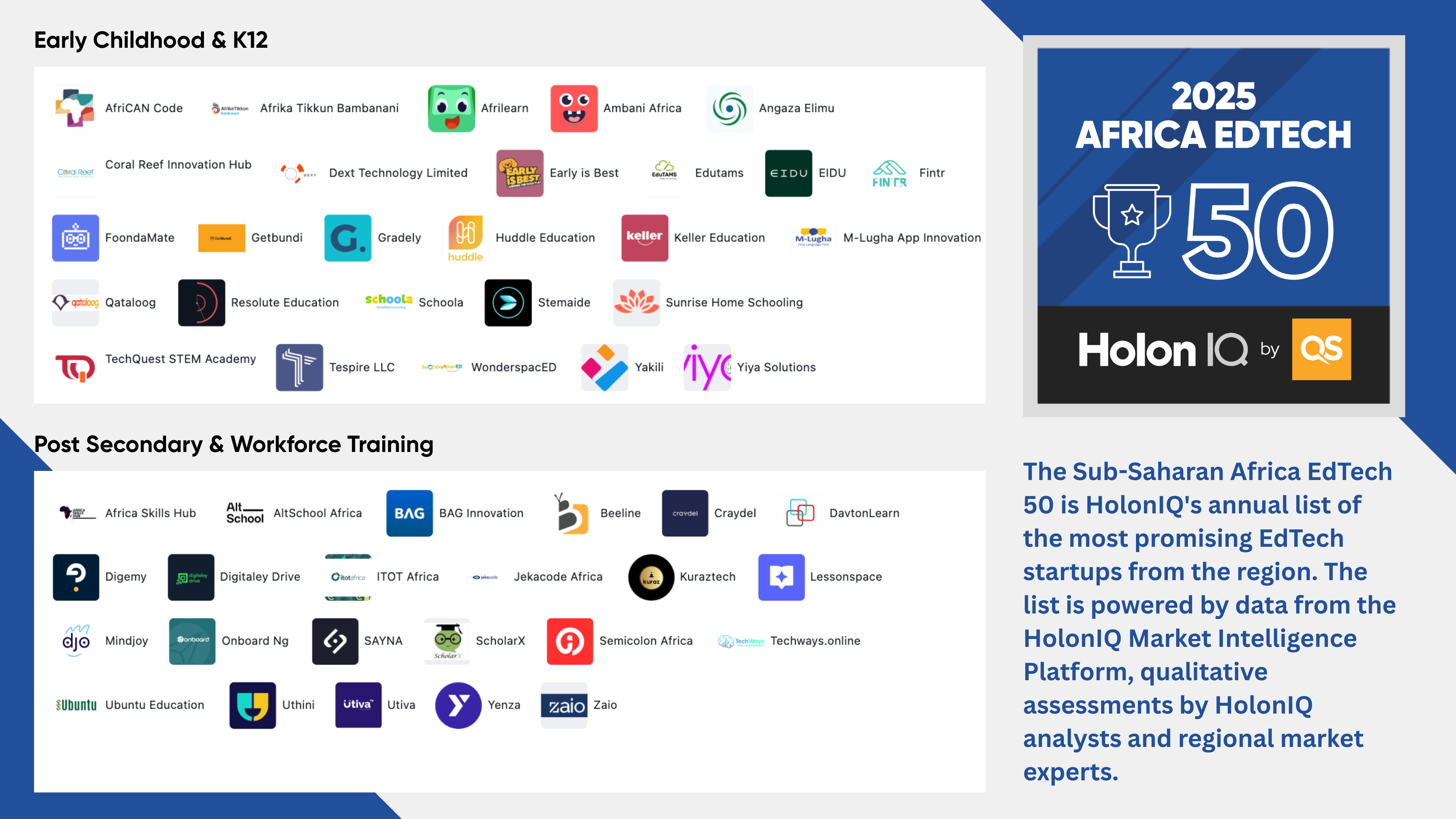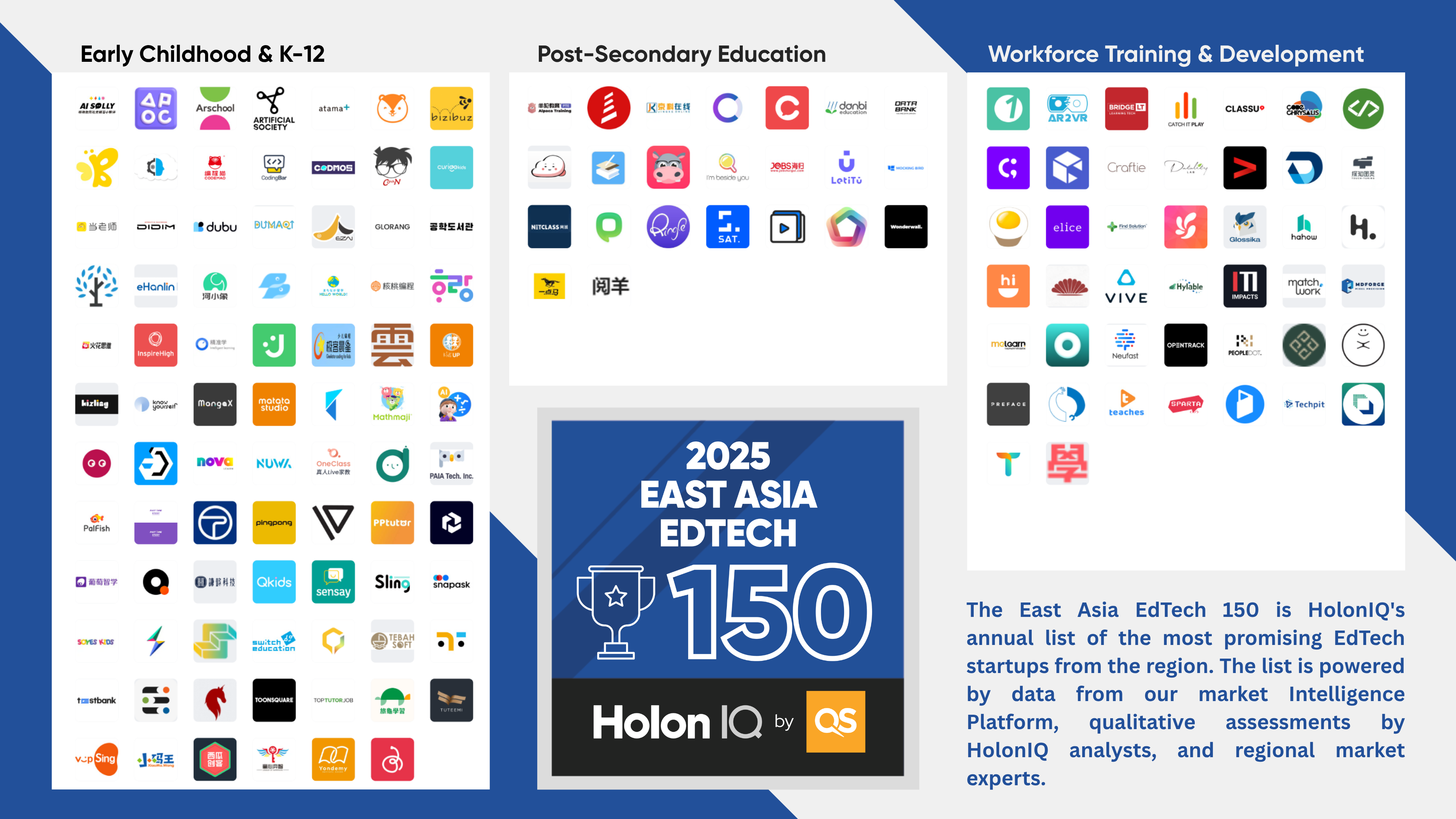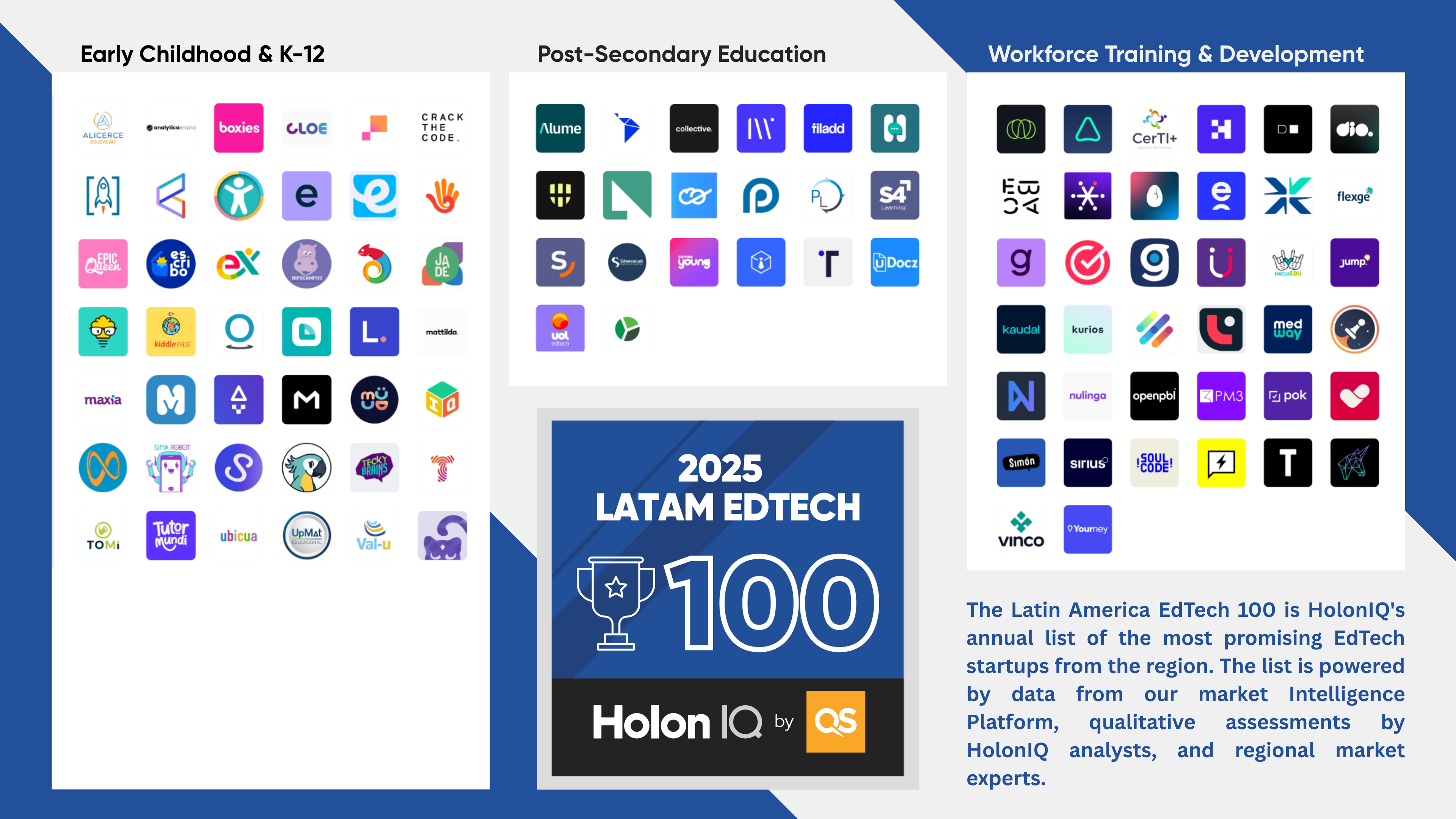The online degree market is one of the fastest-growing segments of global higher education, which we forecast will reach $74B in 2025.
By the time we reach 2025, more than 1 billion people on earth will have attained a post-secondary qualification throughout their lifetimes. Over the next decade 280 million more people will graduate with a post-secondary qualification and more and more learners around the world will opt to study online, with better offerings from colleges, increasing acceptance by employers and advancements in technology.
The largest market, for now, is the US, where more than three million students pursue higher education fully online, representing a $20B+ market today and growing fast. Pure ‘online only’ students are still only about 15 percent of all higher education enrolment in the U.S but that is changing as more and more smaller colleges close reducing local offline ‘supply’ and as more offer online degrees. The biggest players are gaining market share on the strength of their national reach and brands but there are forces for and against this trend too. Let’s zoom out to see the big picture.
Microeconomics of US Higher Education
According to U.S. Department of Education data, in 2017, 20.1 million post-secondary students enrolled at 6,526 institutions, each one of those institutions represented below as a bubble sized by the number of enrolments. The three charts below from our data platform represent mutually exclusive enrolments in one of three modality classifications; ‘pure offline’ on the left, ‘some-online’ in the middle or ‘pure online’ on the right. The formal US Dept Ed definitions are ‘exclusively distance’, ‘some distance’ and ‘not enrolled in any distance’. From left to right, each of the three charts are colored to show the institutional control classification; ‘Private-For-Profit’, ‘Private Not-for-Profit’ and ‘Public’.

13.5 million enrolments across 6,472 institutions. Top 100 institutions by represent 20% of total enrolments in 'Offline Learning'.

3.5 million enrolments at 3,438 institutions. Top 100 institutions represent 29% of total enrolments.

3.1 million enrolments at 3,491 institutions. Top 100 institutions represent 46% of total enrolments, with the Top 10 institutions representing 20% of the total.

















.png)







